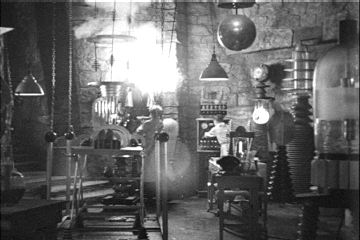


lab1. Make a new class Hello. Be sure it is in the default package. Clear out the Package: field. Then paste in this code:
public class Hello
{
public static void main(String[] args)
{
System.out.println("Hello \uD83D\uDE3B!");
}
}
Run the program. What happens?main to Main. Compile and run. What happens?System.out to System.uot. What happens?", i.e. before the );. Type a period and to. If nothing happens, hit Ctrl+Space. (Might be Option+Space on the Mac.) What happens?toUpperCase() and run the program again. What happens?corejava/v1ch02/ImageViewer whereever you unzipped the book code. Note that the project name is set to ImageViewer. Click Finish.javac -versionWhat happens? (If you get an error message and don't know how to fix it, ask for help.)
corejava/v1ch02/Welcome directory in the terminal.javac Welcome.java java WelcomeWhat happens?
javac Welcome? Why?
java Welcome.javaWhy?
hw1a in Eclipse. Add two classes, Arrays and Tester. Copy/paste from CodeCheck. The Arrays class should have your solution from the preceding page. What happens when you run it?Expected: syntax. You'll need to compare the output yourself. Once you are satisfied, check it with CodeCheck.Tester. Instead, the test cases are invisible. splice method to
return "";Now run CodeCheck. What happens?
hw1b and make classes Strings and Tester. In the Tester class, do something similar to the Tester class in the the first assignment. That is, print the values that you actually get when calling the method with the test arguments. Then print "Expected: HWeolrllod" for the first test case, and similarly for the others.Strings class. It tells you enough about strings that you should be able to translate your C++/C/Python solution. Ask for help if you can't. What is your Java solution?Tester in Eclipse?int[] values = new int[1000000]; for (int i = 0; i < values.length; i++) values[i] = (int) (values.length *Math.sin(i));Let's sort it:
java.util.Arrays.sort(values);Let's see the first 10000 elements:
for (int i = 0; i < 10000; i++) System.out.println(values[i]);Put all this into a class
MostFrequent and run it. What do you get?